If you caught the news last week, you might have wondered, what on earth is going on in the nation’s capital… Somehow, what was intended to be a peaceful event for a relatively small group of women to speak about their rights became a political theatre, with deceitful smears, threats of violence, and Senators crawling around. Mainstream media headlines focused on gate-crashing politicians vying for the spotlight, as if it were some Shakespearean melodrama.
As one of the co-organisers and marshals of the Let Women Speak event in Canberra, I have observed curious omissions from the media’s reporting of these events. First, most reports have ignored our accounts of the gross verbal abuse, sexual harassment, and threats of violence we were subjected to by counter protesters, rallied by union and LGBT activists within our universities.
The counter-protesters – predominantly young men and students from my own university – came with a clear purpose: to make as much noise as possible to drown out the voices of women speaking.
Among the vitriolic chants screamed at us were such absurdities as ‘F**k off fascists’, and ‘Go home Nazis!’
One of the counter-protesters, a strongly built man wearing a grey tracksuit, was filmed making kissing lips at the female marshals, his erection clearly visible through his pants. I was verbally abused by another young man, screaming, ‘Show us your p**sy, you p**sy pervert!’ and then shouted, ‘Burn!’ at me repeatedly while he danced around excitedly.
Other male counter-protesters aggressively waved around a lesbian pride flag attached to a sharp-edged star picket. Notably, our marshals (eight women aged between 30 and 70 years old) were told that we were not allowed to carry umbrellas in the rain because they could be used as weapons.
We submitted videographic evidence of all these things to different media outlets, none of which chose to report them. Instead, media reports continued to regurgitate tired and erroneous tropes, portraying our event as an ‘anti-trans rally’ and linking us to ‘far-right’ groups. (Ironically, most women who attended our event are traditionally Labor and Greens supporters, though many of us now consider ourselves politically homeless.)
But an even more important question the media has neglected to ask, is: why was such a hostile and high-risk environment created for women exercising their right to free speech? This is especially pertinent given the recent events in New Zealand, where women’s rights campaigner Kellie-Jay Keen-Minshull and Let Women Speak attendees were violently attacked by counter protesters, and other incidences of violence against women at previous events in Australia.
Acutely aware of these events, in the weeks leading to the event our organisers liaised with the Australian Federal Police (AFP) at Parliament House to ensure the event would be run safely and peacefully; and communicated our concerns about potential violence from counter-protesters as displayed at recent events in Melbourne and Hobart.
On the day of the event, we were informed by AFP officers that we would be placed on the left side of the Parliament lawns and the counter protesters would be placed on our right. We expressed concern that the counter-protesters would be in such proximity to us and asked if officers would form a line between the two groups. Perplexingly, we were told that although this was the AFP’s preferred approach, it would not be the approach taken.
We were also informed that the AFP had requested bollards be used to form a dividing line between the Let Women Speak attendees and the counter-protesters, but that this request was denied by the Parliament’s Presiding Officers. These include the Speaker of the House of Representatives, the Hon. Milton Dick MP, and the President of the Senate, Senator the Hon. Sue Lines.
We are disturbed and baffled by this directive by the government made via the Presiding Officers, especially given there was a clear history of violence and aggression among counter-protesters at previous interstate events. It is difficult to imagine that The Presiding Officers could not have known that there was a high risk we would be subject to abuse, threats, and violence if the counter protesters were able to get close enough. Only two days prior, Senator Claire Chandler had stated publicly that she would not be attending as planned due to safety fears.
We were also told that ACT Policing would be present to assist with crowd control, but to the best of our knowledge, no ACT police officers were present on the day. We relied fully on AFP officers, who did, at different times, form a line in front of counter protesters who had begun to encroach upon our designated side of the lawns.
In our view, both the federal and ACT governments ensured minimal protection to the women attending the Let Women Speak event, while the counter protesters were given carte blanche to carry weapons, incur into our space, sexually harass us, and scream abuse at us for hours on end.
This took place in the national capital where Milton Dick has lately been promoting civics education for schoolchildren. Even at ground-zero of Australian democracy, in other words, rights of assembly and free speech were not secured for female citizens.
Two days later, we watched in horror the live footage showing a crushing and frenzied mob descend on Kellie-Jay Keen-Minshull and Let Women Speak attendees in Auckland. We watched as an elderly woman was punched in the face by a male activist. We watched another douse Keen and her security guards in liquid substances. We heard our New Zealander and Maori sister marshals describe the scenes of terror unfolding before their eyes, visibly shaken and dazed.
We could not help but wonder: had it not been for the presence of the Australian Federal Police here in Canberra, could that have been us?
According to their event description, the NUS counter protesters sought to ‘expose’ Keen’s supposed ‘links with the right’ and (in their words), ‘the bullsh*t arguments that transphobia is somehow about protecting women’. Any critically thinking adult must question the truthfulness of accusations that rely on logical fallacies, emotion, and a total lack of evidence. This logical line of thinking might lead to the question, why is protecting women somehow about transphobia?
The majority of the counter protesters were young students, some of whom were transported to Parliament House on Australian National University Student Union buses. Ultimately, many of these young people – who need appropriate support – are being exploited by what is at its core a men’s sexual rights movement being driven by corporate global elites alongside a capitalist ideology of disembodiment. The output is the gender industry, now a behemoth, encompassing big pharma, big tech, along with the beauty, fashion, and cosmetic surgery industries, the sex trade, and third sector organisations. How can we counter this?
Despite the abuse directed at us, we were not deterred from speaking that day, and the recorded speeches of women who spoke that day continue to be heard online.
However, with what we have witnessed in New Zealand and our experiences here, we wonder: how many women will show up to speak next time? We also wonder: how many men will be emboldened by these attacks against women – attacks that have been condoned and even celebrated by political leaders and governments in this country?
These are serious and urgent questions, and the conversations that surround them are long overdue – not because we have been waiting in silence to have them –but because when we have spoken, we have been ignored, dismissed, degraded, attacked, ostracised, and punished. No more clearly has this been demonstrated than in the last two weeks.
Unlike our counter protesters and biased media, we want more conversation, more respectful debate, more listening to those whose views we do not understand or reject. But to do this we need to be able to speak – without threats of abuse, attacks, and violence.
Finally, lost in the media storm were the voices of women who came to speak. We were ordinary women of all ages and of different ethnic and socioeconomic backgrounds, including lesbian, bisexual, and heterosexual women.
And, contrary to what much of the media has suggested, none of us came to speak against people who identify as trans. Rather than ‘anti-trans’ speech, we came to speak about women’s rights, and how our rights are being eroded via the erasure of sex in language and as a protected characteristic in law, thus granting men who declare themselves female access to spaces in which women and girls are vulnerable (such as bathrooms, prisons, and domestic violence shelters).
For speaking of these things, we were subjected to verbal abuse, sexual harassment, and threats of physical violence. The circumstances under which this was made possible were unnecessary and avoidable, and leaves us to wonder, why were they permitted at all?
Got something to add? Join the discussion and comment below.
Get 10 issues for just $10
Subscribe to The Spectator Australia today for the next 10 magazine issues, plus full online access, for just $10.

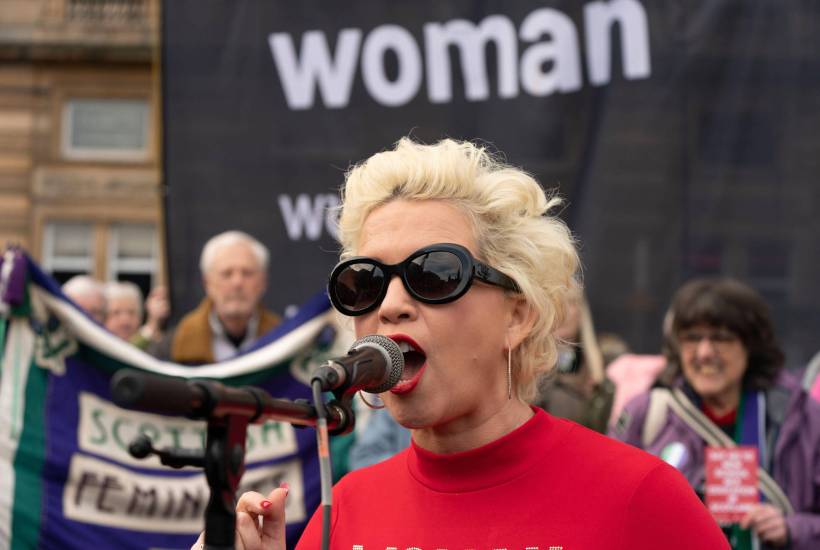
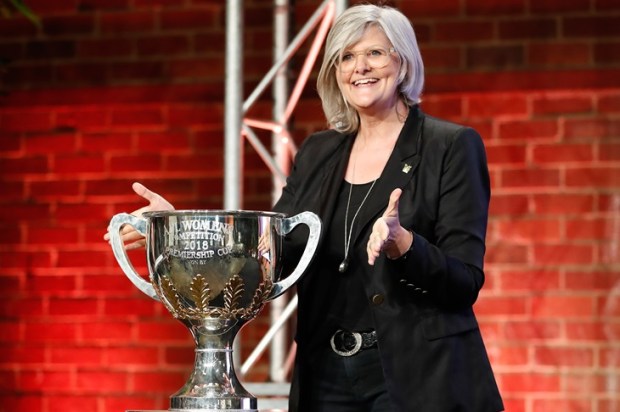
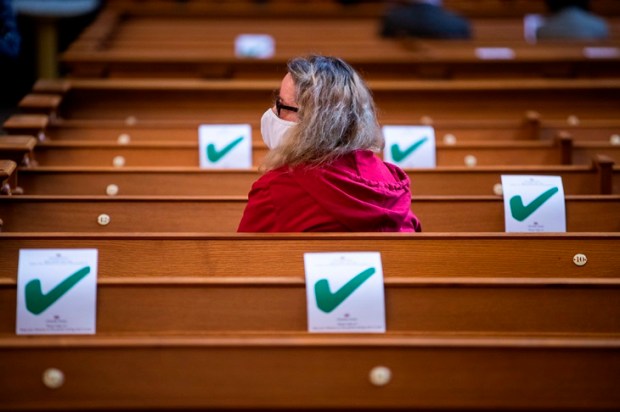
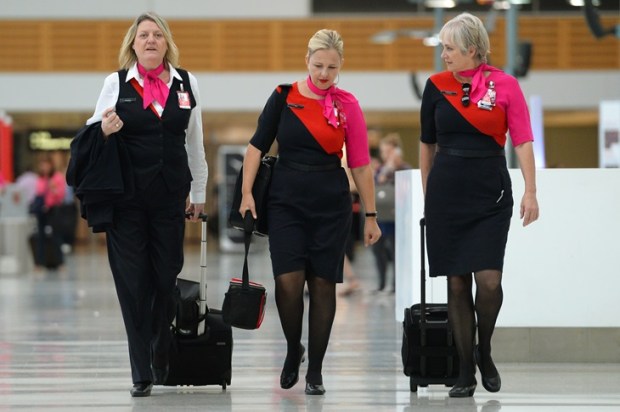
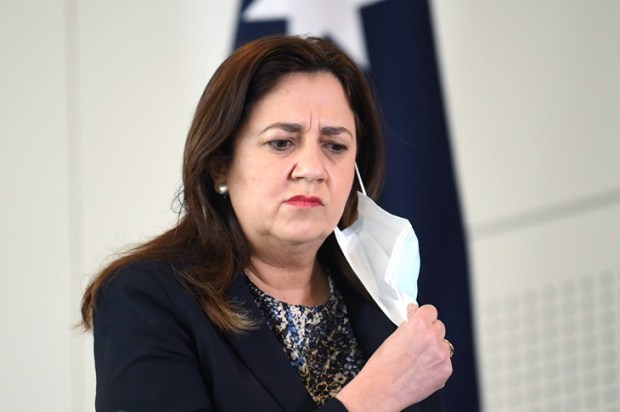
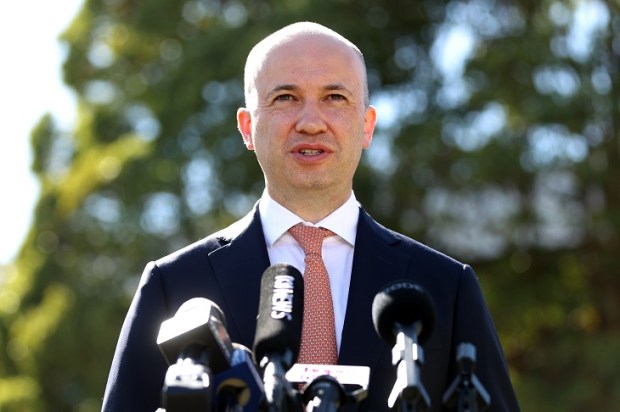
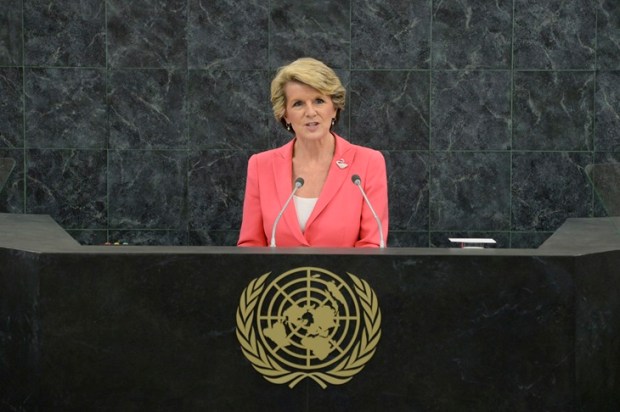


















Comments
Don't miss out
Join the conversation with other Spectator Australia readers. Subscribe to leave a comment.
SUBSCRIBEAlready a subscriber? Log in